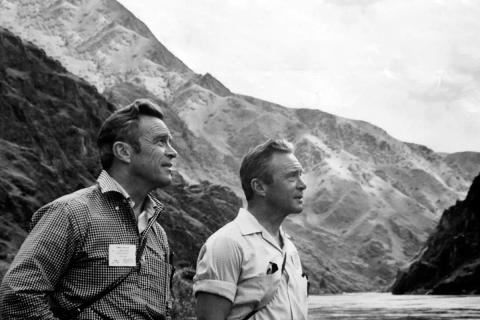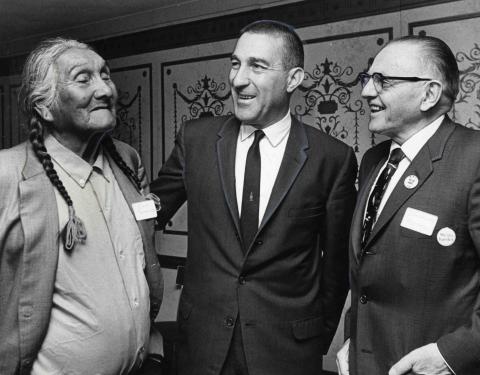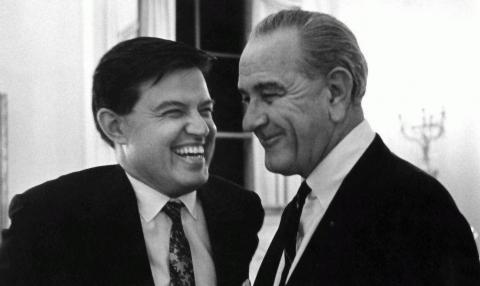Legislation Is Born
Although passed in 1968, the creation of the National Wild and Scenic Rivers System was almost two decades in the making. It was born in an era when we were beginning to understand the finite nature of our earth, fueled by media like Paul Ehrlich's The Population Bomb and Earthrise, the famous photo taken by astronaut William Anders aboard the Apollo 8 lunar orbiter. The story behind its creation is a study in the country’s politics as profound as any. We invite you to track down a copy of Tim Palmer’s The Wild and Scenic Rivers of America for the full story.
Recovering from the sacrifices of World War II, the country’s economy exploded during the 1950's. A consequence of explosive growth was the almost unfettered development of the nation’s rivers. Dams sprung up, seemingly overnight. Waterways were convenient places to dump waste—dilution was the solution, or so it was thought. Straightening stream channels and confining rivers between dikes was considered the magic answer to flooding by many, not understanding those structures often enhanced the problem or moved it into someone else's backyard. In a perverse twist of fate, the growth was fueled, in no small part, by that river development in a vicious, seemingly unbreakable circle.
However, that same runaway development of both land and water created its own antithesis, the conservation movement, leading to such landmark legislation as the Clean Water Act, the Wilderness Act, and the Endangered Species Act, as well as the Wild & Scenic Rivers Act.
Championed by such conservation legends as John and Frank Craighead, Representative Gaylord Nelson, Interior Secretary Stewart Udall, Representative John, Senator Edmund Muskie, and Senator Frank Church, the idea of a system of protected rivers had been bouncing around for the better part of two decades. However, at just the right time, and fueled in part by momentum created by the passage of the Wilderness Act, President Johnson was in search of a conservation success. Secretary Udall introduced the idea of wild and scenic rivers, and President Johnson’s chief of domestic affairs told him, “That sounds great, get it ready.” The year was 1963.
In 1964, the first wild and scenic rivers legislation was introduced. Sixteen other bills were to follow. Getting legislation through the Senate hadn’t been a problem, and in 1968, that held true again. However, in the House, the Interior Committee Chair, Wayne Aspinall of Colorado, had been opposed to the idea all along. Enter Representative John Saylor of Pennsylvania, the epitome of an old-time power broker. Saylor essentially traded support for five dams in Colorado in return for support for the Wild & Scenic Rivers Act, and on September 6, 1968, Aspinall and the Interior Committee released the bill. On September 12, the House voted 265-7 in favor of the bill, led by Senator Church of Idaho. The Senate followed suit on October 2, and Johnson got the legislation he wanted.
See President Johnson’s remarks on signing the Wild & Scenic Rivers Act.




